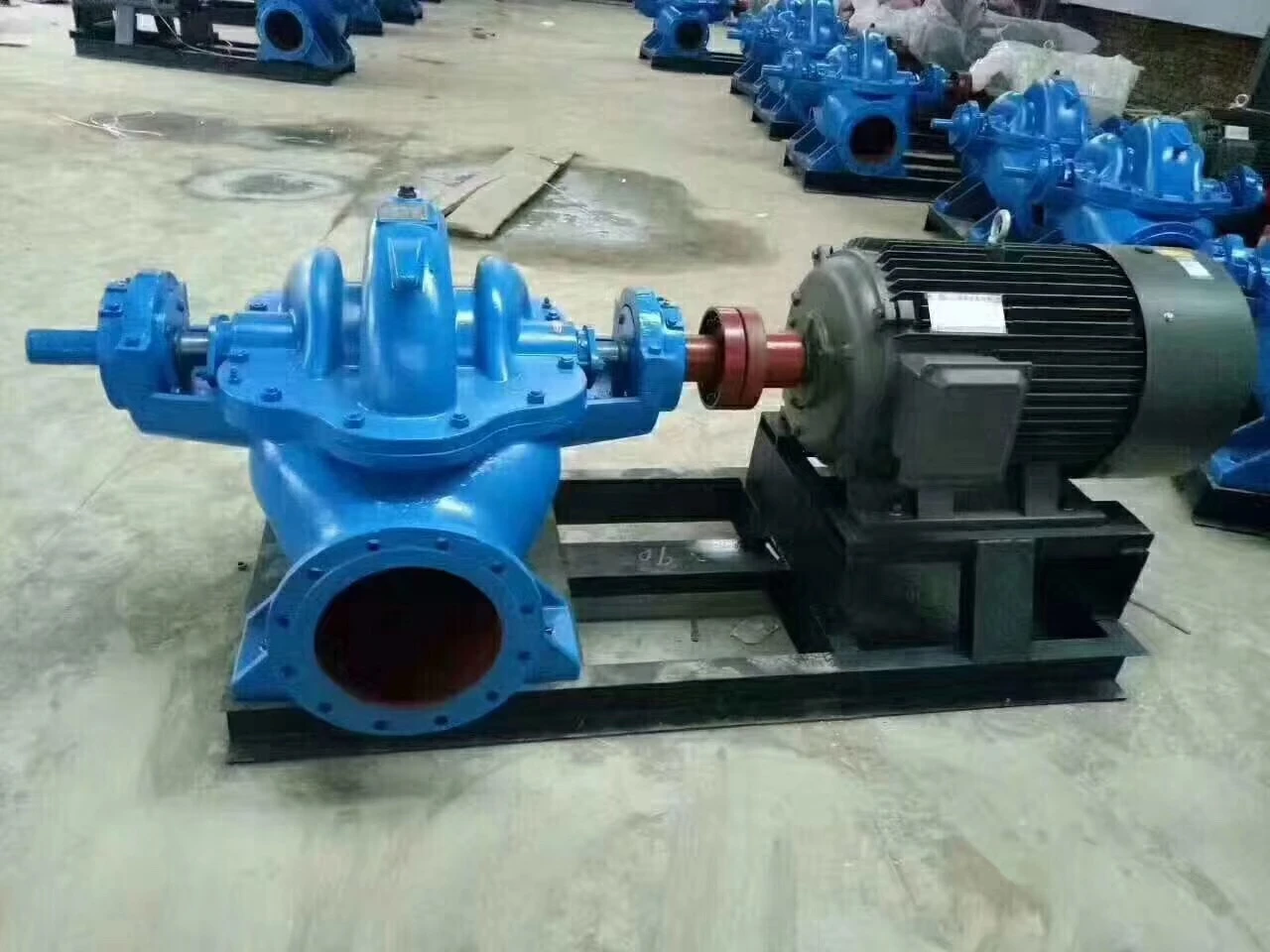Hungarian
- Afrikaans
- Albanian
- Amharic
- Arabic
- Armenian
- Azerbaijani
- Basque
- Belarusian
- Bengali
- Bosnian
- Bulgarian
- Catalan
- Cebuano
- Corsican
- Croatian
- Czech
- Danish
- Dutch
- English
- Esperanto
- Estonian
- Finnish
- French
- Frisian
- Galician
- Georgian
- German
- Greek
- Gujarati
- Haitian Creole
- hausa
- hawaiian
- Hebrew
- Hindi
- Miao
- Hungarian
- Icelandic
- igbo
- Indonesian
- irish
- Italian
- Japanese
- Javanese
- Kannada
- kazakh
- Khmer
- Rwandese
- Korean
- Kurdish
- Kyrgyz
- Lao
- Latin
- Latvian
- Lithuanian
- Luxembourgish
- Macedonian
- Malgashi
- Malay
- Malayalam
- Maltese
- Maori
- Marathi
- Mongolian
- Myanmar
- Nepali
- Norwegian
- Norwegian
- Occitan
- Pashto
- Persian
- Polish
- Portuguese
- Punjabi
- Romanian
- Russian
- Samoan
- Scottish Gaelic
- Serbian
- Sesotho
- Shona
- Sindhi
- Sinhala
- Slovak
- Slovenian
- Somali
- Spanish
- Sundanese
- Swahili
- Swedish
- Tagalog
- Tajik
- Tamil
- Tatar
- Telugu
- Thai
- Turkish
- Turkmen
- Ukrainian
- Urdu
- Uighur
- Uzbek
- Vietnamese
- Welsh
- Bantu
- Yiddish
- Yoruba
- Zulu
Telephone: +86 13120555503
Email: frank@cypump.com
jan . 02, 2025 05:12 Back to list
submersible sewage pump repair
Understanding Submersible Sewage Pump Repair A Comprehensive Guide
Submersible sewage pumps are essential components in wastewater management systems, particularly in residential, commercial, and industrial settings. These pumps are designed to operate underwater, effectively lifting sewage and wastewater to a higher elevation, where it can be treated or redirected. However, like any mechanical device, submersible sewage pumps can experience issues that require timely repair. In this article, we will explore the common problems associated with these pumps, the repair processes, and maintenance tips to prolong their lifespan.
Common Issues with Submersible Sewage Pumps
1. Clogging One of the most frequent problems faced by submersible sewage pumps is clogging. Solid waste, debris, and fibrous materials can accumulate in the impeller, leading to reduced efficiency and potential pump failure. If the pump becomes clogged, it might create increased pressure, leading to overheating and component wear.
2. Electrical Failures Submersible pumps operate on electrical power. Faulty wiring, damaged cords, or issues with the pump motor can lead to electrical failures. This can cause the pump to shut down unexpectedly, leading to sewage backups and unwanted overflow.
3. Worn Components Over time, components such as bearings and seals can wear out due to constant use and exposure to corrosive elements present in sewage. Worn-out components can lead to leaks and reduced pumping efficiency.
4. Mechanical Failures Mechanical issues, such as a malfunctioning float switch, can impede the pump's ability to function correctly. A float switch is crucial for turning the pump on and off based on the wastewater levels. If it gets stuck or breaks, it can lead to pump failure.
Repair Processes
When it's time to repair your submersible sewage pump, follow these steps
1. Safety First Always ensure that the power is disconnected before attempting any repairs. This is crucial to prevent electrical shock and ensure personal safety.
2. Assess the Issue Begin by diagnosing the problem. Check for clogs in the impeller, inspect the electrical connections, and assess the condition of various components, including the float switch.
submersible sewage pump repair

3. Disassembly If a component is identified as faulty, disassemble the pump carefully. Take note of the assembly process or keep a manual handy, as this will make reassembly easier.
4. Replace or Repair Components Depending on the nature of the issue, either repair or replace the faulty components. Be sure to use manufacturer-approved parts to maintain the integrity of the pump.
5. Reassemble and Test Once repairs are complete, reassemble the pump and conduct a test run to ensure it operates correctly. Monitor it closely during this initial phase to catch any lingering issues.
Maintenance Tips for Longevity
Regular maintenance is key to ensuring that your submersible sewage pump operates efficiently and has a long lifespan. Here are some useful tips
1. Regular Inspections Periodically check the pump for any signs of wear, leaks, or buildup of debris. Early detection of problems can save time and money on repairs.
2. Clean the Pump Remove any solid waste and debris that may accumulate around the pump. Ensure that the impeller is clear to maintain optimal performance.
3. Check Electrical Connections Regularly inspect the electrical components and connections for signs of corrosion or damage to prevent electrical failures.
4. Test the Float Switch Test the float switch functionality periodically to ensure it operates smoothly within the range of wastewater levels.
5. Professional Servicing Consider scheduling professional inspections and maintenance every few years to ensure the pump remains in top shape.
In conclusion, understanding submersible sewage pump repair can help you address problems swiftly, ensuring a reliable wastewater management system. By recognizing common issues, following proper repair processes, and implementing regular maintenance, you can prolong the lifespan of your sewage pump, avoiding costly replacements and service interruptions.
-
ISG Series Vertical Pipeline Pump - Chi Yuan Pumps Co., LTD.|High Efficiency, Energy Saving, Low Noise
NewsJul.30,2025
-
ISG Series Vertical Pipeline Pump- Chi Yuan Pumps|High Efficiency&Low Noise
NewsJul.30,2025
-
ISG Series Vertical Pipeline Pump-Chi Yuan Pumps Co., LTD.|High Efficiency&Energy Conservation
NewsJul.30,2025
-
ISG Series Vertical Pipeline Pump - Chi Yuan Pumps Co., LTD.|Advanced Hydraulic Design&Energy-Efficient Solutions
NewsJul.30,2025
-
ISG Series Vertical Pipeline Pump - Chi Yuan Pumps Co., LTD.
NewsJul.30,2025
-
ISG Series Vertical Pipeline Pump - Chi Yuan Pumps Co., LTD.|energy-efficient fluid handling&industrial durability
NewsJul.30,2025










